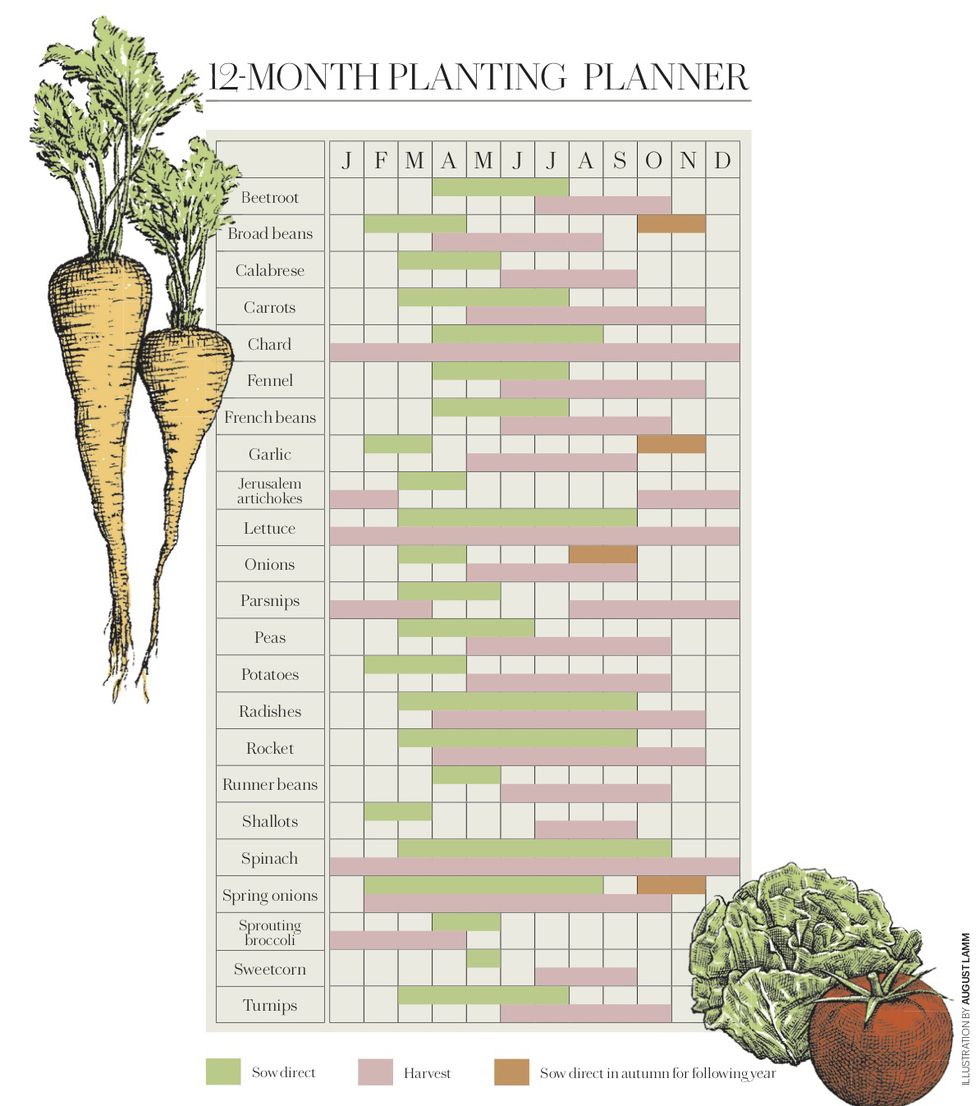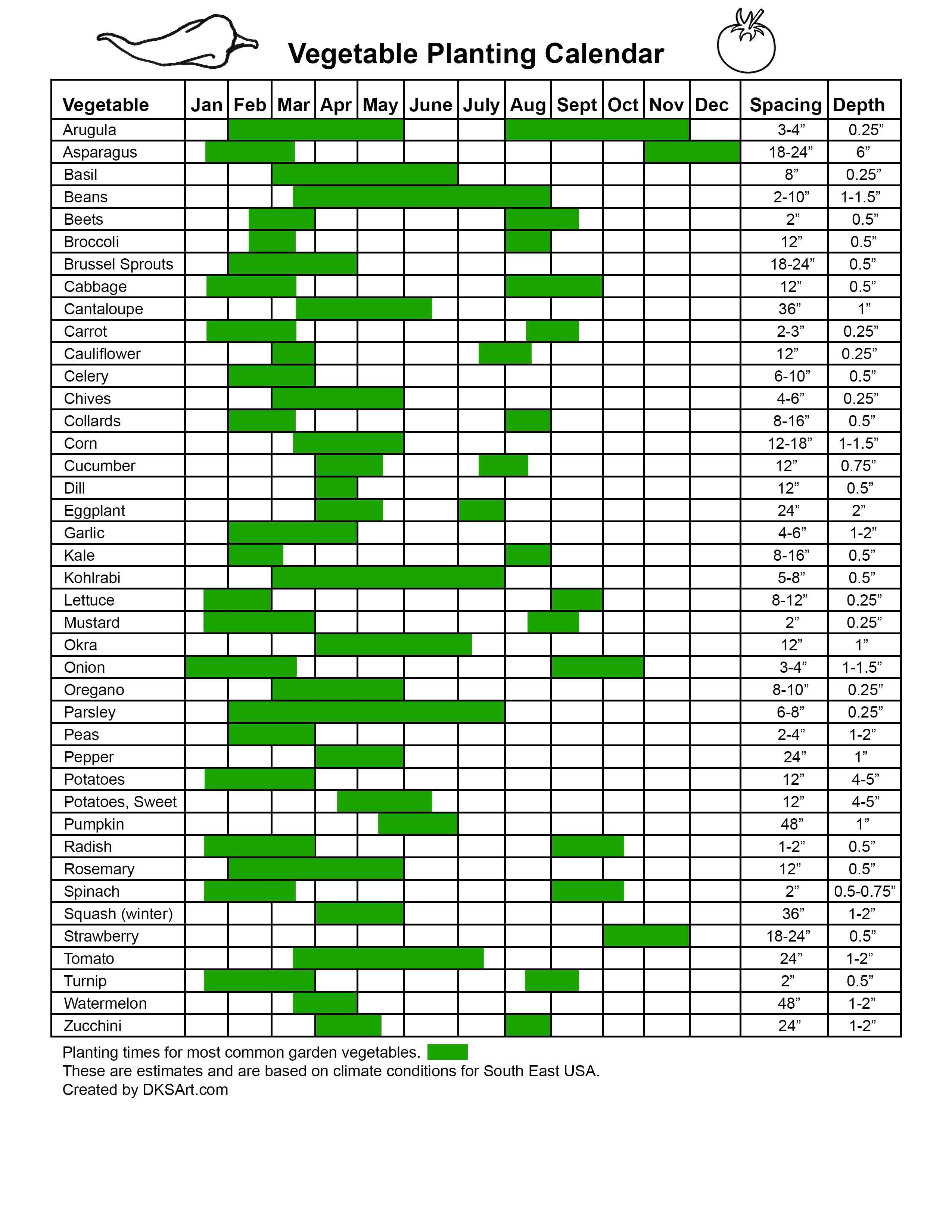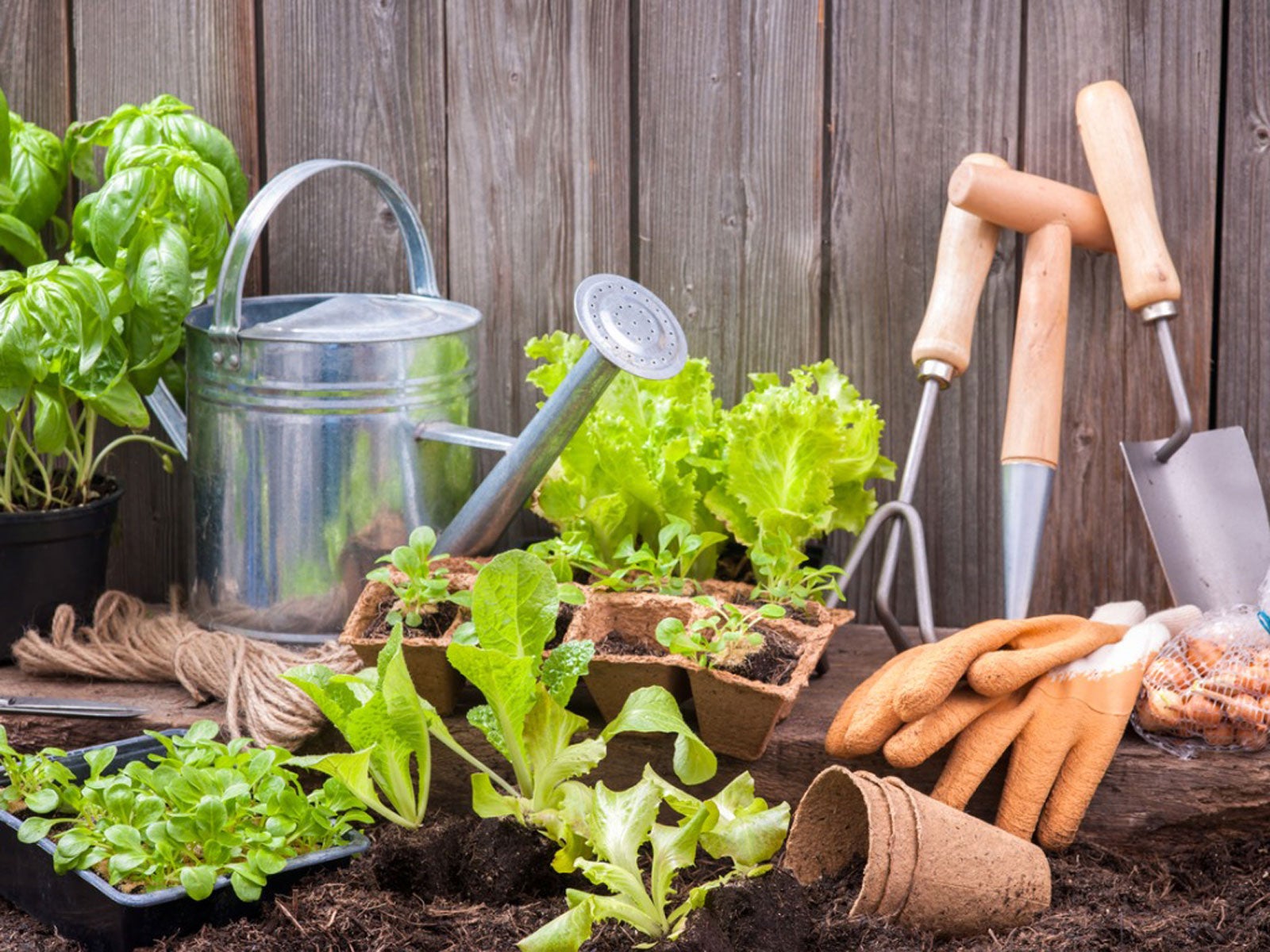How to Use a Seasonal Vegetable Planting Calendar for Beginners

Imagine stepping into your backyard and plucking a ripe, juicy tomato straight from the vine. Picture the satisfaction of serving a salad made entirely from vegetables you grew yourself. If you're new to gardening, this vision might seem daunting, but with a seasonal vegetable planting calendar, it's within reach. Think of it as your roadmap to a thriving garden, guiding you on what to plant and when. So, grab your gloves and let's dive into the world of beginner gardening!
Understanding Your Seasonal Vegetable Planting Calendar
A seasonal vegetable planting calendar is a simple tool that tells you the best planting times for different vegetables. It's tailored to your specific climate zone, ensuring you're not trying to grow tomatoes in the snow or spinach in the scorching heat. But before we dive in, let's familiarize ourselves with some key terms.
Key Terms for Beginner Gardening
- Frost Dates: The average dates when the first and last frosts occur in your area. These are crucial for your vegetable planting schedule.
- Cool-Season Crops: Vegetables that thrive in cooler temperatures, like spinach and peas.
- Warm-Season Crops: Vegetables that love the heat, such as tomatoes and peppers.
Getting Started: Know Your Zone
Before you start dreaming of fresh salads, you need to know your USDA Plant Hardiness Zone. This will determine your seasonal garden guide. The USDA website has a handy map to help you out.
Reading Your Seasonal Vegetable Planting Calendar
Now that you know your zone, let's look at your calendar. You'll see vegetables listed with their ideal planting times. Here's how to read it:
- Early Spring: Cool-season crops like lettuce and radishes are perfect for this time.
- Late Spring/Early Summer: Time for warm-season crops like beans and squash.
- Fall: Back to cool-season crops. Try planting kale or broccoli.

Planting Times: More Than Just Seasons
Your seasonal vegetable planting calendar doesn't just tell you the season, it also tells you whether to start seeds indoors or outdoors, and when to transplant seedlings. This is crucial for easy vegetable gardening.
Starting Seeds Indoors vs. Outdoors
Some vegetables, like beans and peas, can be sown directly into the garden. Others, like tomatoes and peppers, should be started indoors. Your calendar will guide you.
Transplanting Seedlings
This is simply moving your indoor seedlings into the garden. Your calendar will tell you the best time to do this, usually a few weeks after the last frost date.
Maximizing Your Harvest: Succession Planting
Want to get the most out of your garden? Try succession planting. This is where you plant a quick-growing crop, like lettuce, then replace it with something else, like beans, once it's harvested. Your seasonal vegetable planting calendar will help you plan this.

Common Mistakes and How to Avoid Them
Even with a seasonal vegetable planting calendar, mistakes happen. Here are some common ones and how to avoid them:
- Planting Too Early: This can expose your plants to frost. Always wait until the recommended date.
- Planting Too Late: This can mean your plants won't have enough time to mature before the first frost. Again, follow your calendar.
- Ignoring Soil Quality: Great soil means great plants. Test your soil pH and add compost if needed.
Conclusion: Embrace the Journey
Gardening is a journey, not a destination. Your seasonal vegetable planting calendar is your map, guiding you through the seasons. Don't be afraid to make mistakes, ask questions, and get your hands dirty. Remember, every expert was once a beginner. So, what are you waiting for? Get out there and start growing!
FAQs
Where can I find my seasonal vegetable planting calendar? Many gardening websites offer free planting calendars tailored to your zone. You can also check with your local nursery or cooperative extension service.
What if I live in an area with a short growing season? Look for vegetable varieties with shorter days to maturity. You can also try succession planting to maximize your harvest.
Can I plant vegetables in the winter? Depending on your zone, you might be able to grow cool-season crops like spinach or kale with the help of a cold frame or row covers.
What if I miss the planting date on the calendar? It's okay! Nature is flexible. Just plant as soon as you can and adjust your expectations accordingly.
How do I know when to harvest my vegetables? Your calendar should give you an estimated days to maturity. Also, look for signs like color changes and size. When in doubt, taste test!
0 Response to "How to Use a Seasonal Vegetable Planting Calendar for Beginners"
Post a Comment